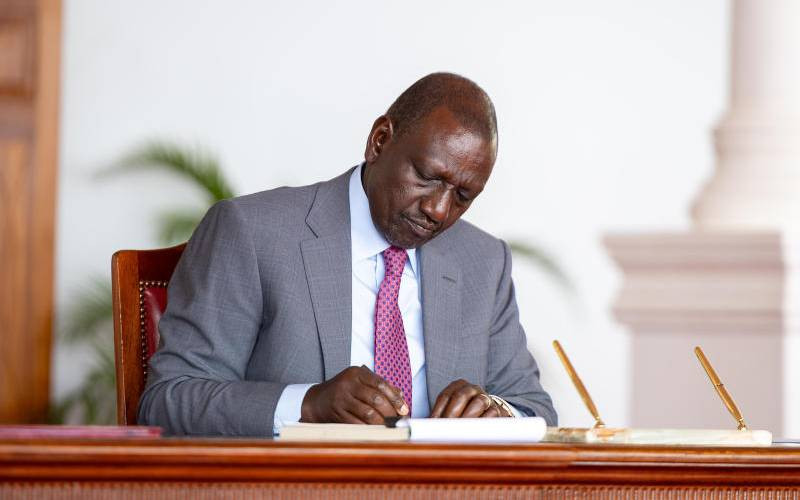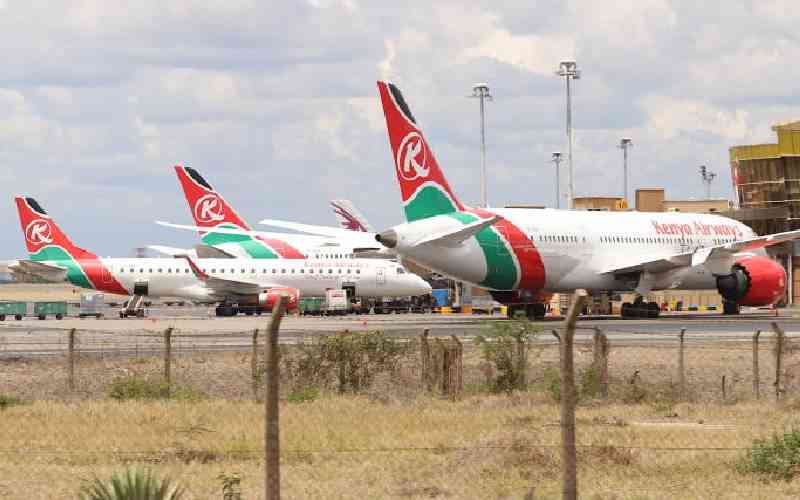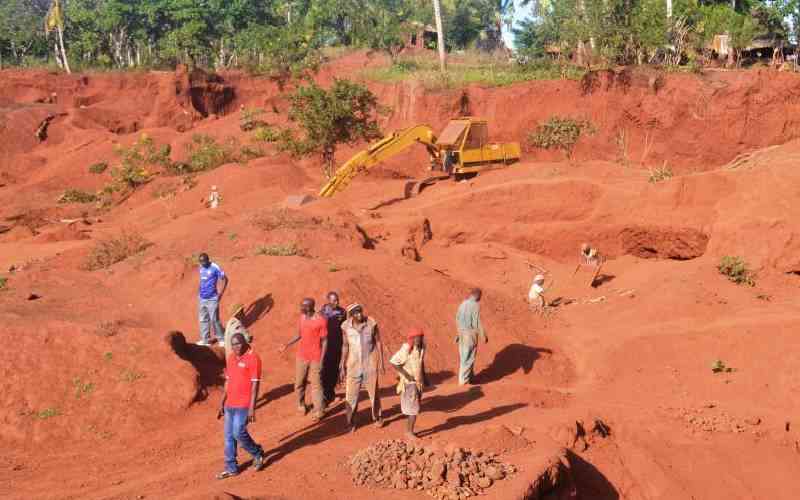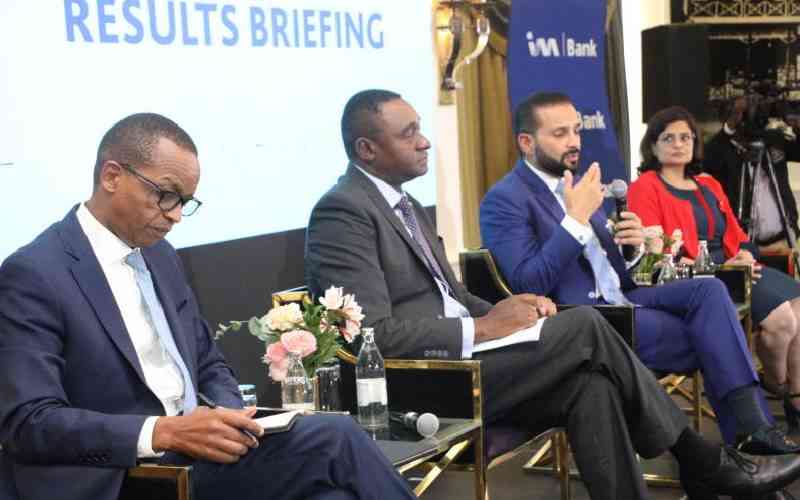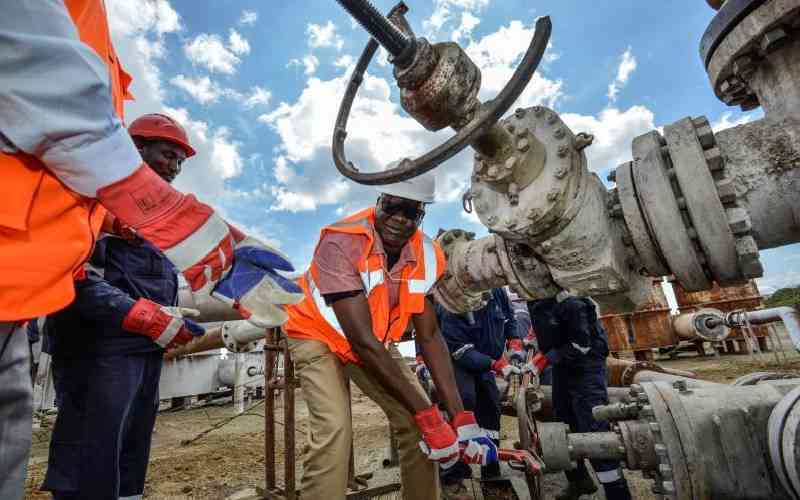
In a world where cities throb with life and opportunity, urban infrastructure renewal is critical as it is the bedrock of economic activity, firing up growth and lifting living standards.
Yet, authorities often grapple with tough choices, having to balance between competing priorities against tight budgets.
Beyond the visible benefit of smoother and faster mobility, robust infrastructure fuels business growth. A good road infrastructure slashes logistics costs, attracts investment and sparks local enterprise.
And this has been seen here in Nairobi, where the expansion of Thika superhighway, besides driving population and job growth, also reshaped where people live and work.
Similar examples abound across the world, including in rural economies where highway upgrades delivered measurable gains.
As Nairobi rises to global prominence, with global bodies such as the United Nations, regional bodies and multinational organisations choosing to settle in Nairobi, Kenya must match ambitions with infrastructure that meets international standards.
Strategic investment
It is in this context that the ongoing rehabilitation of Nairobi’s main arteries by the Kenya Urban Roads Authority (KURA), through the China Road and Bridge Corporation (CRBC), must be seen, it being a strategic investment to catalyse economic vibrancy in parts of the city.
For years, Kenyans have had to endure traffic congestion, poor drainage, the absence of pedestrian walkways, bicycle lanes and designated vehicle stops, leading to faster road decay and elevated safety risks.
But now the new works being undertaken by KURA, through CRBC, seek to address some of these challenges.
In Upper Hill, the city’s rising financial and administrative heart, 5.37 kilometres will be reconstructed, covering the main arterial roads of Kenyatta Avenue, Ngong Road and Haile Selassie Avenue, among other key corridors.
Also in the project are eight branch roads, among them State House Road, Processional Way, Valley Road and Haile Sellassie Link Road, besides two bridges - one on Kenyatta Avenue and the other on Haile Sellassie Avenue.
Landscaping, drainage, and traffic safety ancillary works are also required.
The project will tackle traffic flow, modernise drainage, undertake traffic ancillary works, including landscaping, while establishing routine maintenance plans to safeguard road longevity.
Stay informed. Subscribe to our newsletter
Why is this critical for Nairobi? One may ask. Upper Hill is not just another part of town. It hosts government ministries, corporate headquarters, embassies, financial institutions, international agencies, hospitals and universities.
Yet traffic volumes have outpaced the ageing road network, straining access and limiting productivity potential.
The Upper Hill Road Project, therefore, realigns existing roads, creates bypasses to offload Uhuru Highway, and redirects vehicles away from the central business district, unclogging arteries that are vital to the city’s economy.
But infrastructure rehabilitation and redevelopment are about more than smoother traffic. The redesigned corridors feature upgraded stormwater channels, defined sidewalks, clear signage and safer junctions.
Minimising idle time
These enhancements improve safety, encourage walking and cycling, and cut carbon emissions by minimising idle time.
In so doing, Upper Hill is poised to become East Africa’s showcase for mixed-use districts built on smart, sustainable design.
Of course, Nairobi’s challenges extend beyond infrastructure - lack of a roof over its residents’ heads, poor sanitation, water scarcity and other basic amenities. A truly resilient city, therefore, must go beyond road upgrades into broader socio-economic and environmental solutions.
Already, the Upper Hill project is, in its small way, contributing by lifting livelihoods. Besides offering job opportunities for hundreds of Kenyans - construction workers, engineers, equipment operators, among others - local sub-contractors and suppliers too have had a share. The result is a labour ecosystem and a boost to construction-related businesses.
Looking ahead, the impact of the renewal is bound to be felt. Upgraded roads promise faster emergency response times for nearby hospitals, smoother logistics for businesses and government agencies, and robust real estate investment.
This could also see local entrepreneurs expand or open new ventures, further energising the area and neighbouring communities.
Once fully executed, the authorities can use this road renewal story as a model of how infrastructure can fuel growth and carry not just vehicles but the aspirations of a people for a better urbanised future.
-The author is a communication and branding specialist.
